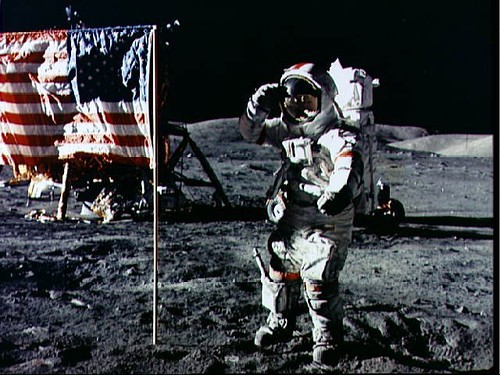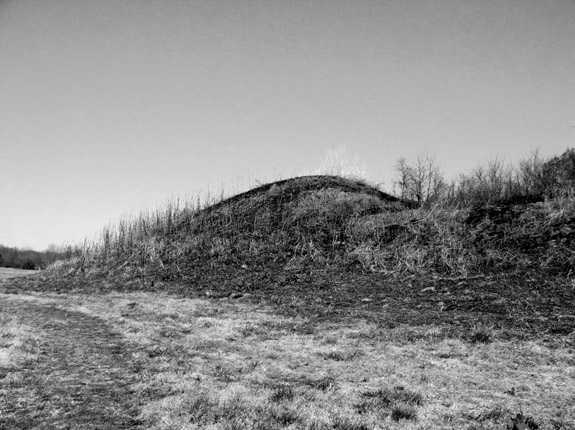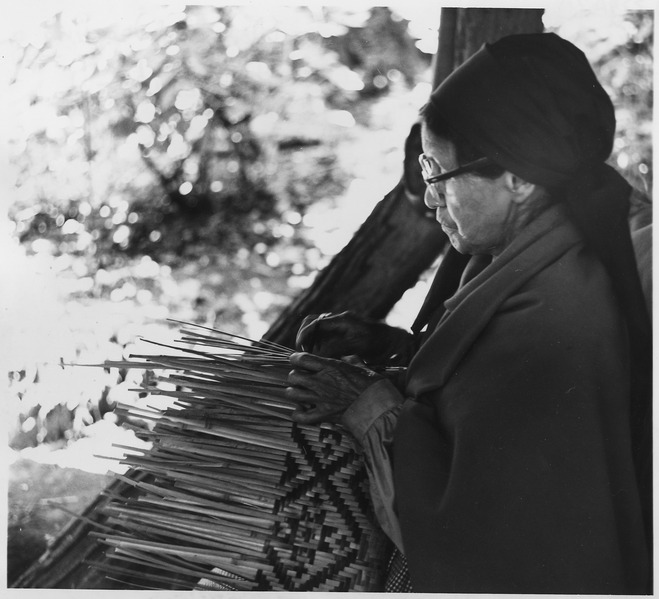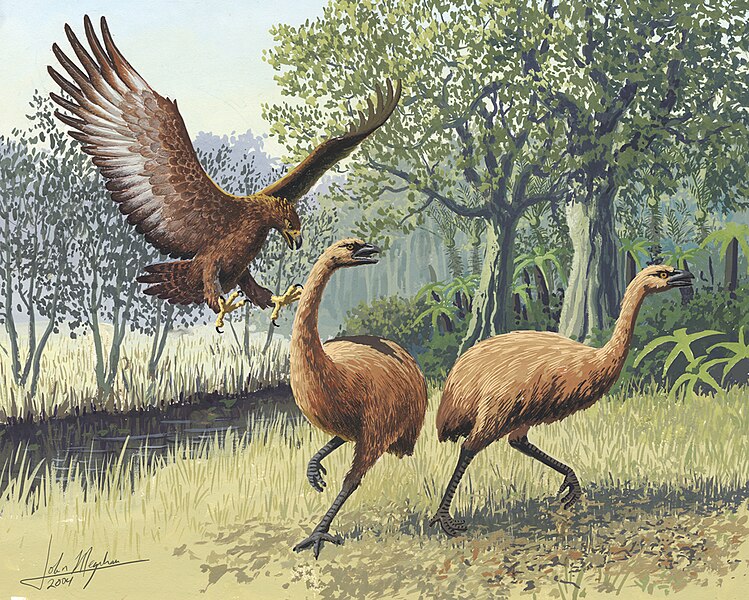Keeping an eye on citizen astronomy
Amateur astronomers in Russia made a discovery last week any professional would envy – it seems they may have
identified the remnants of the ill-fated
Soviet Mars 3 lander, 30 years after it lost contact with Earth.
Photos taken by the High Resolution Imaging Science Experiment (
HiRISE) camera on NASA’s Mars Reconnaissance Orbiter (
MRO) in 2007 show what appears to be the parachute, heat shield, and retrorocket of the Mars 3 lander.
But finding object as small as an 11-metre-wide parachute on the surface of Mars takes a lot of work, especially as the most promising photo – a section of which is below – contains
1.2 billion pixels and requires 2,500 computer screens to view the entire image at full resolution.
 |
The possible Mars 3 lander hardware was found by a group of Russian citizen enthusiasts.
[NASA/JPL-Caltech/University of Arizona] |
This is the most recent example of how
citizen science is blossoming – and getting results – within the field of astronomy. There is a wealth of amateurs who pursue backyard observations as a hobby and their efforts make headlines worldwide. Some have historically contributed to science by
finding comets,
tracking asteroids, the Search for Extraterrestrial Intelligence (
SETI) program, and
monitoring stars.
One of the most visible citizen-science projects in astronomy and astrophysics is the “
Zooniverse” which invites members of the public to analyse data ranging from determining the shape of galaxies to trying to detect if any planets outside our solar system orbit stars.
The Galaxy Zoo
The Zooniverse project grew out of the
Galaxy Zoo project which was set up to determine the shape, or morphology, of galaxies.
Galaxy shape is a useful visual indicator to professional astronomers about the state of the galaxy and the physical processes which may be going on inside it.
While there are
many types of galaxy shapes, bright galaxies usually fall into
one of three categories:
• spiral
• elliptical
• irregular
The
Sloan Digital Sky Survey, an internationally funded project to map the sky, photographed and mapped more than 930,000 galaxies over eight years.
Faced with an overwhelming amount of data to sift through, astronomers conceived of the Galaxy Zoo idea to ask the general public for help to look through all the data and classify the shapes of galaxies.
 |
Three main galaxy shapes (from left): spiral galaxy PIA09337, elliptical galaxy NGC 1316, and irregular galaxy NGC 3738.
[NASA] |
Since this requires little background knowledge, any member of the public can help so long as they have an internet connection.
Using a simple, clickable interface, users can say whether galaxies are rounded, have spiral arms, have any unusual or distinguishing features, or whether they want to discuss the objects in more detail.
This is especially important in a data-rich field like astronomy: users can sometimes be the first human being to actually look at a galaxy since most of the processing of the images they examine have been done by computers.
Getting the numbers up
For all the excellent work done by the general public, there will still be disagreement about the exact classification of galaxy shapes – and this, fundamentally, raises questions about
data integrity.
 |
| [Gwydion M. Williams] |
This is why the Galaxy Zoo project aims to have at least 20 people attempt to classify each galaxy.
To use the data in professional research, astronomers have to look for disagreements between members of the general public.
Taking a threshold level is one way to solve the problem. If, say, 80% of respondents say a galaxy is a particular shape, that is a reasonable way forward and is perfectly suitable for some analysis purposes.
The cost of this may be that there is a high number of “unclassified” galaxies where there is large disagreement, perhaps caused by very few individuals having looked at a galaxy.
And the results are …
There have been a healthy number of scientific publications arising from the Galaxy Zoo project team, including the
relationship between galaxy colour and environment and
studies of highly unusual objects such as “
Hanny’s Voorwerp” – a possible light echo from
quasars (the brightest objects in the known universe).
 |
| [NASA] |
In
my own research, we recently used data from Galaxy Zoo to explore the connection between galaxy morphology, galaxy mass, and the likelihood of hosting an Active Galactic Nucleus (
AGN) in a massive cluster of galaxies – a collection of gravitationally bound galaxies and one of the most extreme “environments” in which a galaxy can live.
We used the data to explain an earlier result that red and passive spiral galaxies are, in the majority, also massive and similar in nature to most of the massive elliptically shaped cluster galaxies.
We then inferred that the life cycle of high and low mass cluster galaxies are markedly different.
But we wouldn’t have been able to make these conclusions without the citizen scientists who classified the bulk of the data for us – something for which we are extremely appreciative.
And who knows? As shown by the Russian amateur astronomers sifting through NASA’s high-resolution photos, the next big astronomy discovery could be made by you.

About the Author
Kevin Pimbblet, from Monash University, is an experienced observational astronomer whose core research interests cover a number of modern topics in extra-galactic astrophysics, large-scale structure of the Universe and cosmology.
Kevin Pimbblet receives funding from the Australian Research Council.






_(1).JPG/400px-Mars_3_(MMA_2011)_(1).JPG)













